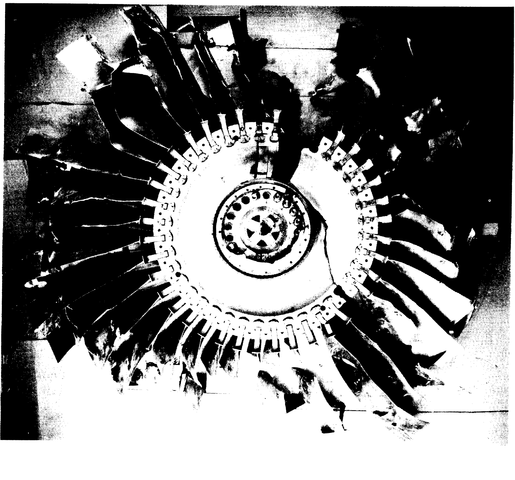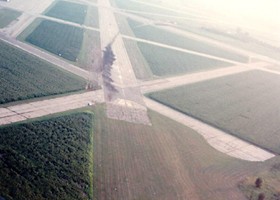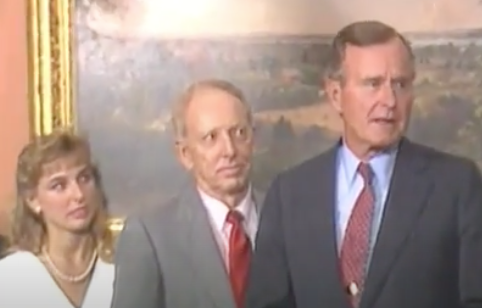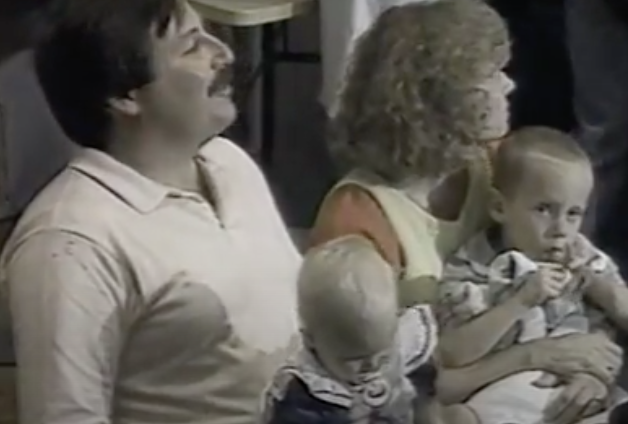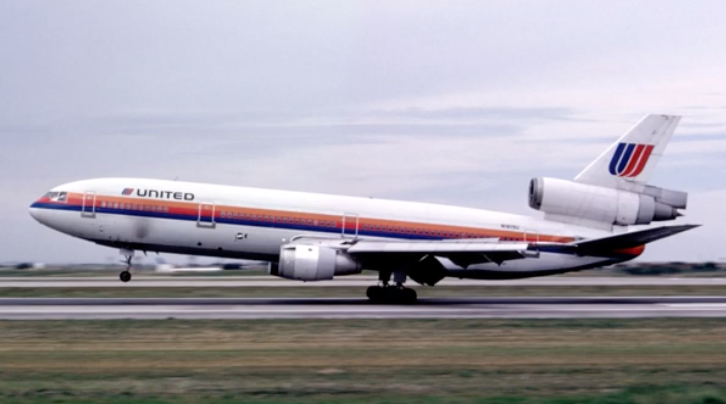On July 19, 1989, United Air Lines pilot Captain Al Haynes was confronted with a mechanical failure that threatened all 296 passengers aboard his flight, United 232. The response of Haynes and his crew and the ensuing landing provided one of the most remarkable stories in the history of commercial aviation.
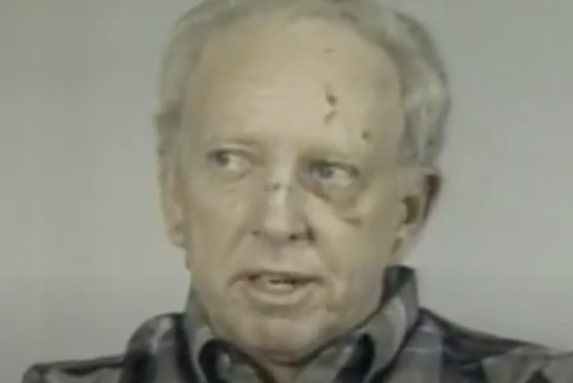
On Wednesday, July 19, 1989, at approximately 1:09 PM Mountain Time, United Flight 232 took off from Denver’s Stapleton International Airport. The flight was headed to Chicago’s O’Hare International Airport and was destined to continue to Philadelphia. The crew of the plane was led by 57-year-old Captain Alfred “Al” Haynes, assisted by William (Bill) Records, 48, with flight engineer Dudley Dvorak, 51. The three men had accrued close to seventy-thousand hours of flight time in their careers and Haynes especially was highly experienced at the controls of a McDonnell-Douglas DC-10, the aircraft making the flight. The additional crew was made up of eight flight attendants, serving the 285 passengers on board, the plane near capacity.

When Flight 232 crashed, many people were killed but miraculously many more actually survived. Only fifteen minutes from Sioux City, Jerry Schemmel, noticed a woman and her small child slipping into an empty seat directly in front of him. A flight attendant was with them, perhaps she believed the mother and child might be safer in this location. The flight attendant handed the woman several pillows to wrap around the infant, who looked to be about two years old. Jerry watched as the child struggled to avoid his mother’s grip, eventually crawling to the top of his mother’s seat and smiling at Jerry, oblivious to the approaching danger. Jerry noted the location of the emergency exit, literally just a few feet away and vowed to himself that he would help get the mother and her son to safety as quickly as possible.
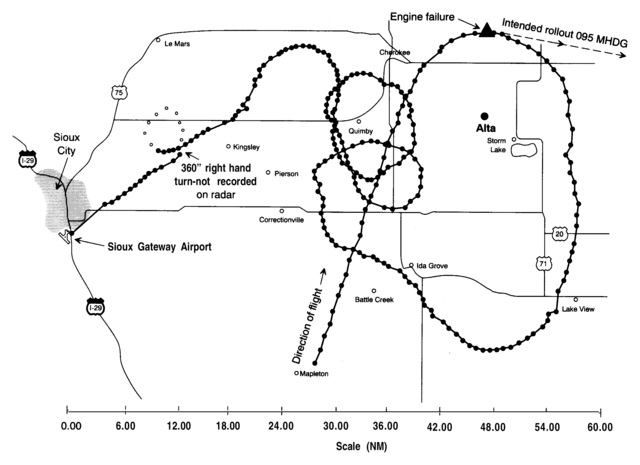
Although a two-dimensional chart of the plane’s flight path thus far would indicate a crazy circular pattern, in truth the aircraft’s trajectory was more like that of a corkscrew which meant the plane was steadily losing altitude. Within minutes of the explosion, Dudley Dvorak contacted the nearest major traffic control operation in Minneapolis and requested the location of the closest airport to their current location. Minneapolis informed him that their best option was Sioux City, Iowa, which they had already passed but was only about forty miles away.
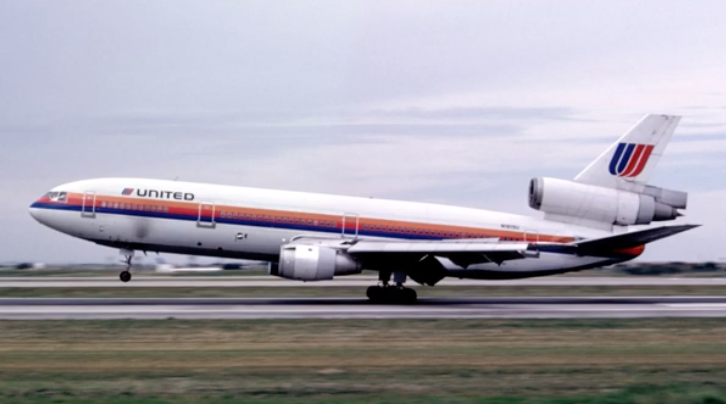
The plane, with registration N1819U, was put into service by United in 1974. Now fifteen years old, like most passenger jets, the DC-10’s engines, via maintenance, were a hodgepodge of various replacement parts installed over the life of the jet aircraft. Unusual in its design, the DC-10 featured an engine on each wing as well another jet lodged in the tail. Unfortunately, the McDonnell-Douglas aircraft, released in 1971, quickly became involved in several high-profile accidents that brought the model notoriety.
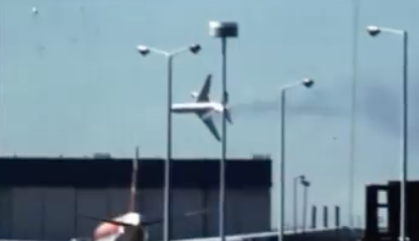
On May 25, 1979, an American Air Lines flight crashed only several minutes upon takeoff from Chicago’s O’Hare Airport. Its left engine disengaged from the wing and fell back onto the runway. The plane, still airborne, climbed to an altitude of about three hundred feet, but loss of the left engine forced it to bank sharply to the left, practically perpendicular to the ground. Damage to the plane’s left-wing steering mechanisms rendered it impossible to maintain. The aircraft crashed less than a mile from the airport, killing all 271 aboard as well as two employees at a nearby garage. As the flight was destined for Los Angeles, the disaster received nationally prominent coverage and prompted the FAA to recommend halting the plane’s usage by international airlines and grounding all DC-10’s domestically. Ultimately, the cause of the crash was determined to be faulty maintenance of the jet by American Airlines and the Dc-10 eventually returned to widespread use.
Podcast: Play in new window | Download
Subscribe: RSS

